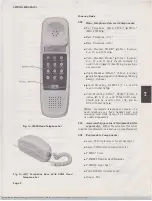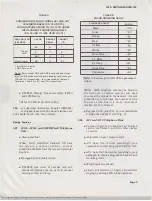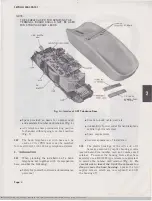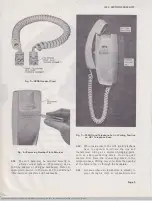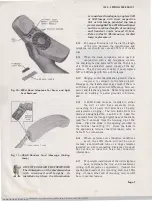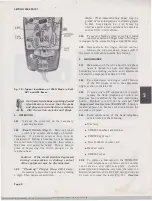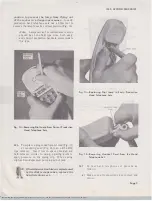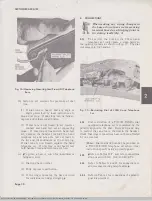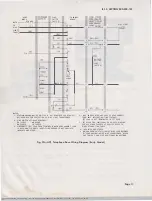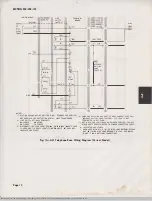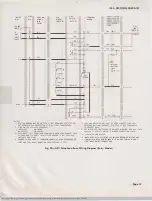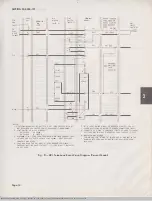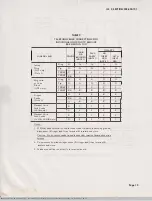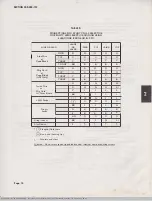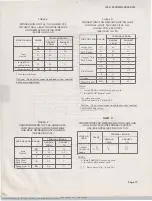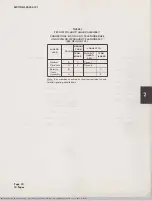
SECTION 502-303-101
Fig. 1 6--Removing Mounting Cord From AD1 Telephone
Base
(b) Listen to set receiver for presence of dial
tone.
(1) If dial tone is heard, dial any digit or
digits prescribed by local instructions to
break dial tone. If dial tone can be broken,
depress and release recall button.
(2) If dial tone is not heard, in set receiver,
connect dial hand test set at connecting
block. If dial tone is heard with hand test
set, remove the handset cord at the hand
telephone set and move the test set leads to
the (G) and (R) conductors at the cord plug.
If dial tone is now heard, replace the hand
telephone set. If dial tone is not heard, test
both handset cord and telephone set base.
(c) tTo prove a base is wired for individual or
bridged service:
(1) Dial ring back mmber.
(2) Fully depress recall button.
(3) If the ringer operates, the base is wired
for individual or bridged ringing.t
Page 10
6.
CONNECTIONS
When making any wiring changes in
the bases, do not use screws securing
terminal board as a bridging point or
for storing leads (Fig.
3).
6.01
To restri c t the dial on the 220A hand
telephone set (only) place a strap between
the pulsing contacts as shown in Fig. 17. The dial
will remain in the handset.
Fig. 1 7-Restricting Dial of 220A Hand Telephone
Set
6.02
Dial restriction of a ·TOUCH-TONE® dial
equipped telephone set is controlled by the
polarity applied to the dial. Reverse tip and ring
to restrict dial, and leave the dial in the handset.
Check that ringer connections have not been affected
by line reversal.
Note:
Dial restriction cannot be provided on
a TOUCH-TONE telephone set where local
instruction specify using a polarity guard.
6.03
tRefer to Tables E, F, and G for connections
when used with 1Al, 1A2, and 6A KTS.
6.04
Refer to Tables G and H for connections to
add message waiting lamp feature.t
6.05
Refer to Table I for connections if a polarity
guard is provided.
SSP S02-303-101-i03_1972-09-10.jpg Scanned by Frank Harrell, (Cowboy Frank) Castle Rock, Colorado Jan 31,2012 22:01:00


